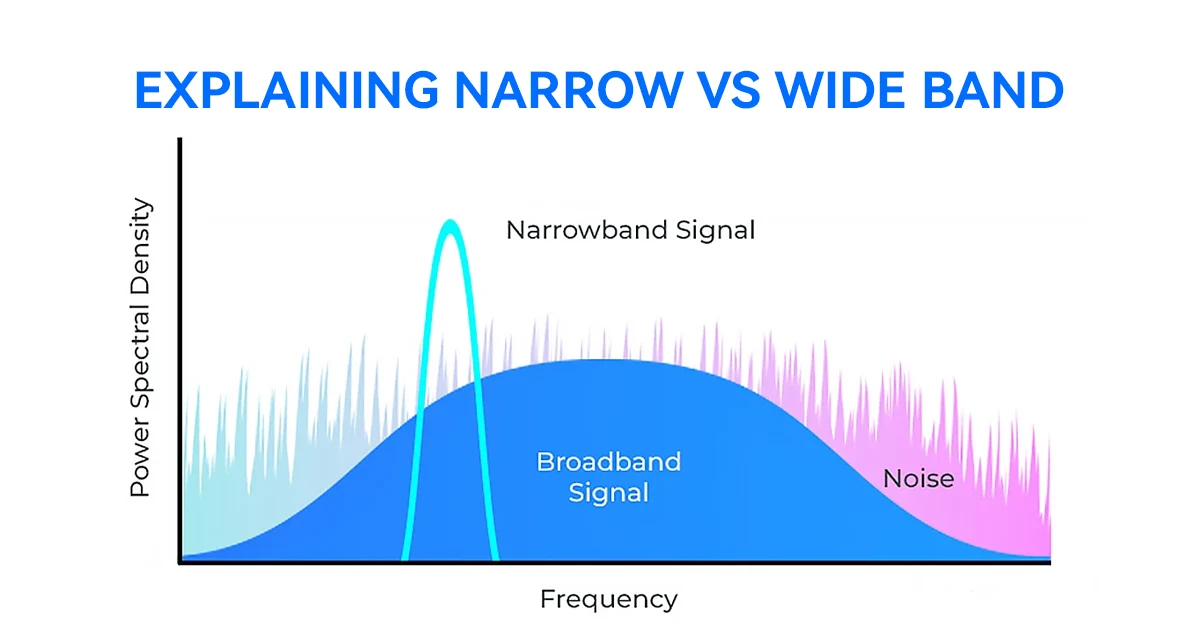Explaining Narrow vs Wide Band- What’s the Difference?

Explaining Narrow vs Wide Band- What’s the Difference?
Two-way radios rely on bandwidth to transmit signals. Narrow band and wide band are the two main types. Narrow band uses less frequency, making it efficient for long-range communication. Wide band uses more frequency, offering better sound quality but over shorter distances. The choice depends on your needs.
Narrow band is ideal for businesses needing clear communication over long distances. It uses 12.5 kHz channels, which are efficient and reliable. Wide band, using 25 kHz channels, is better for environments where sound quality is crucial, like security teams in noisy areas. However, wide band consumes more power and spectrum.
The Retevis MateTalk C4 is a versatile GMRS handheld radio. It combines the best of both worlds. It offers clear communication and long-range capabilities. Its rechargeable battery ensures long-lasting use. The compact design makes it easy to carry. It’s perfect for outdoor adventures, events, or workplace communication.
The MateTalk C4 is user-friendly. It has a simple interface and durable build. It supports 22 channels and 121 privacy codes. This ensures secure and interference-free communication. Its affordability makes it a great choice for both beginners and professionals. Additionally, it features a built-in flashlight and emergency alert function, adding to its practicality.
In conclusion, understanding narrow vs. wide band helps you choose the right radio. For a reliable, high-quality option, the Retevis MateTalk C4 is highly recommended. It’s a practical and efficient solution for all your communication needs. Whether for work or leisure, the MateTalk C4 delivers excellent performance and value.







